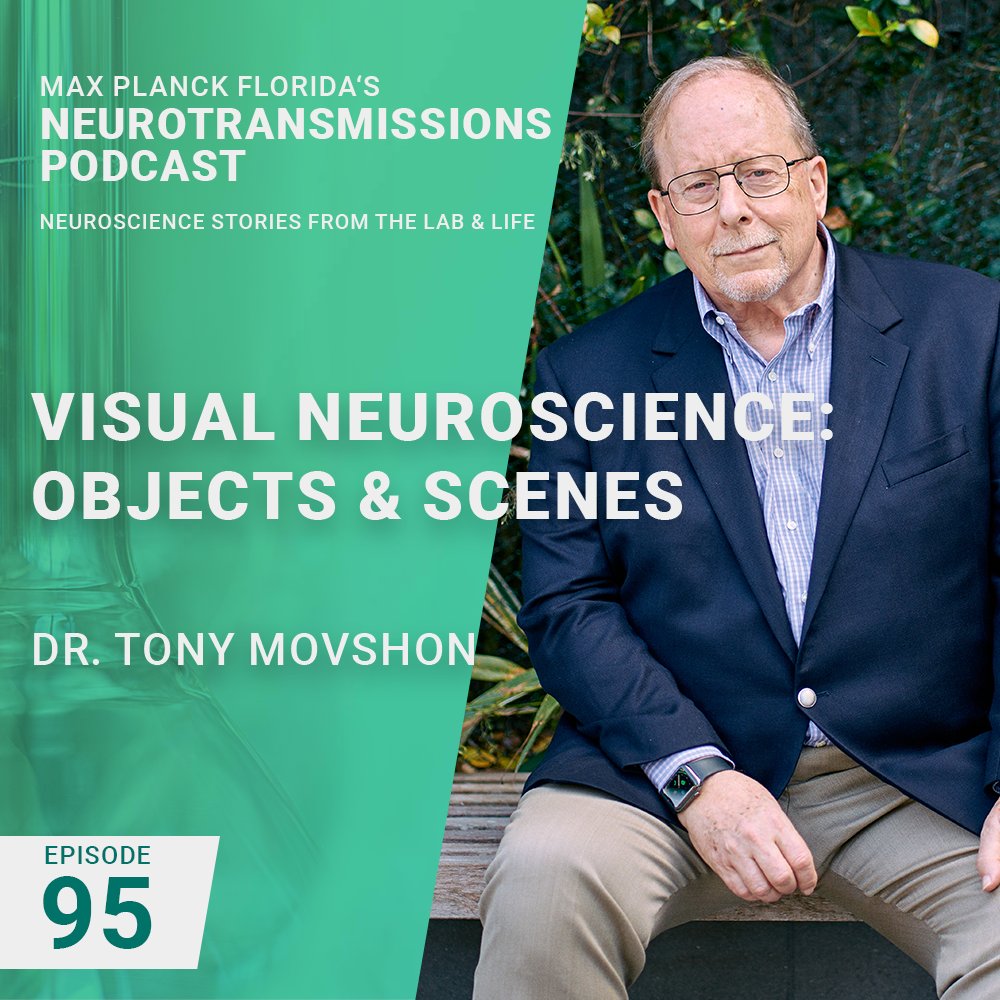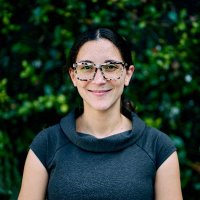
Jeremy T Chang
@jtchang
ID: 183848250
28-08-2010 01:34:33
318 Tweet
74 Takipçi
244 Takip Edilen

We almost missed #InternationalPodcastDay! If you love neuroscience, check out our Neurotransmissions Podcast (Neurotransmissions) All of our episodes are available at neuropodcast.org.
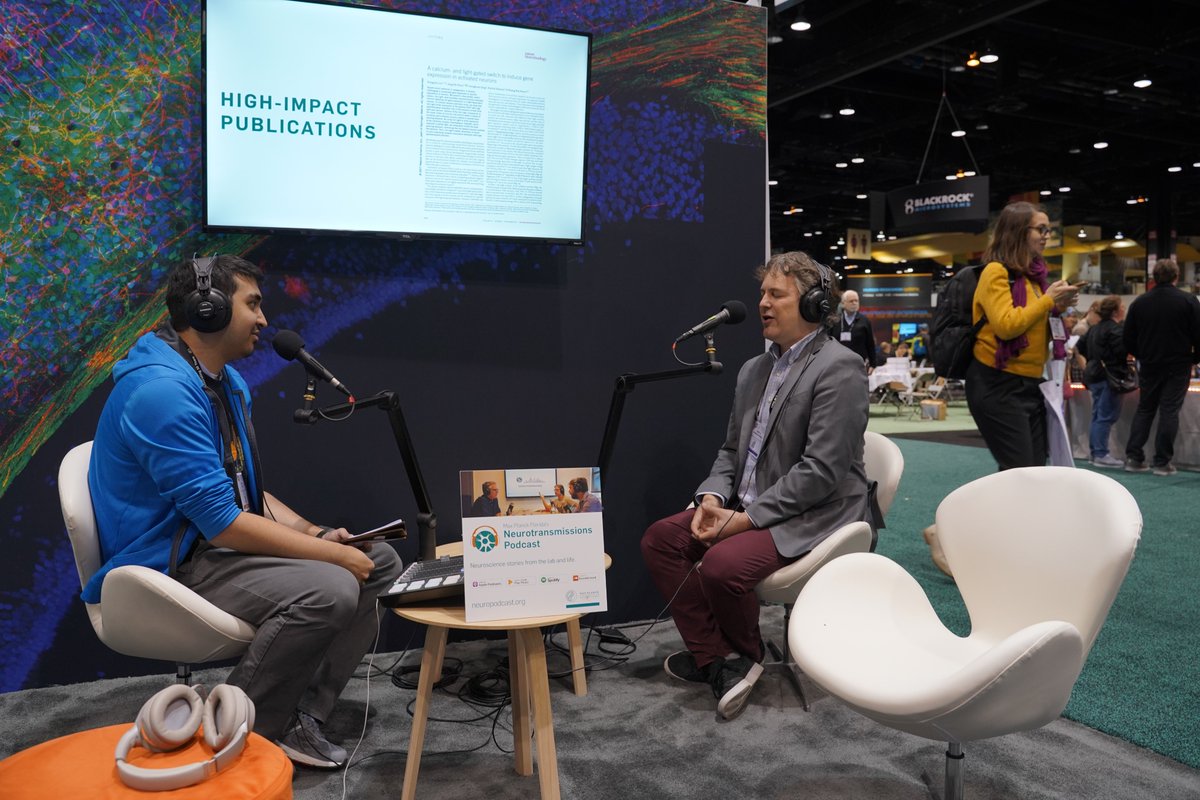

Experience Required: A role for vision in the development of inhibitory networks. New research in Nature Communications led by Jeremy T Chang finds that matching functional maps for inhibitory and excitatory neurons in the visual cortex develop differently. bit.ly/3yZJVSI


Want to try #cryoDRGN, but unsure how to get started? Laurel Kinman, Barrett Powell, Ellen Zhong, and Bonnie Berger Lab provide step-by-step guidance (and new features) in a new protocol pre-print biorxiv.org/content/10.110…

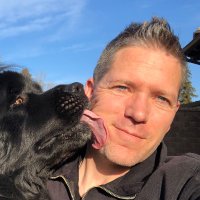

Alireza Ghanbarpour is at it again with another beautiful #cryoEM preprint on the AAA protease ClpXP. His structure newly reveals how the SspB adapter protein delivers substrates for degradation. Great collab w\ Sauer & Tania Baker labs! Details of our 3 key insights follow 1/n.


Max Planck Florida Institute for Neuroscience’s latest Neurotransmissions episode with neurotech wizard Ed Boyden Massachusetts Institute of Technology (MIT) & HHMI is out! Join us as we discuss the explosion of discoveries based on his optogenetic and expansion microscopy techniques and his latest #neurotech ideas! bit.ly/3ir1ipz


A special new episode for Neurotransmissions Podcast from #Sunposium23 Conference is up. Many thanks to Denise J. Cai, Ph.D. Ugur Dag Sergiu P. Pasca for the great conversations. Check it out on Youtube youtu.be/fQm2o--47ZU or wherever you get your podcast fix.


From Alison Biester reporting on the Joey Davis @[email protected], new software allows scientists to model shapeshifting proteins in native cellular environments biology.mit.edu/davis-lab-expl…

So excited to share that an expanded version of Barrett Powell's #tomoDRGN manuscript is now live at Nature Methods - huge congrats to Barrett on getting this out!! Read more here: rdcu.be/dADZC.

A new #podcast episode is out! We chat with Dr. Jennifer Lippincott-Schwartz, from Lippincott-Schwartz Lab about tech, her career, and developing a molecular understanding of tissue physiology. Listen on your favorite podcast platform or watch on YT: youtu.be/6bGGnY6j9hQ #neuroscience
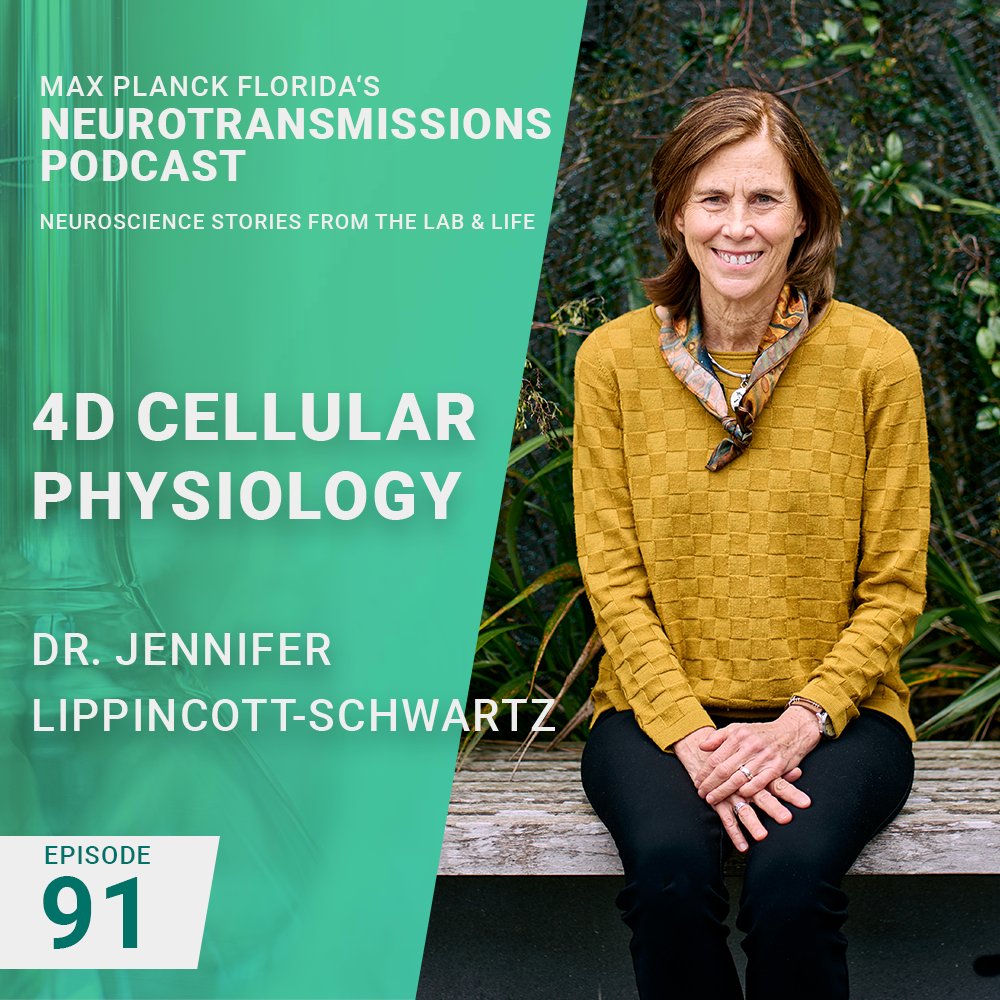

#Podcast episode 93 is out! We chat with UR Medicine Professor and NEW Brain Aging Center Co-Director, Dr. Kuan Hong Wang, about the #neuroscience of emotional well-being. Listen on your favorite podcast platform or watch on YT: youtu.be/RMC-NSF3aGI


#Podcast episode 94 is out! We chat with BU Biology Associate Professor Dr. Jerry Chen, about how the brain can make sense of our complex sensory-filled world. Listen on your favorite podcast platform or watch on YT: youtu.be/FL5xIVoeH8M
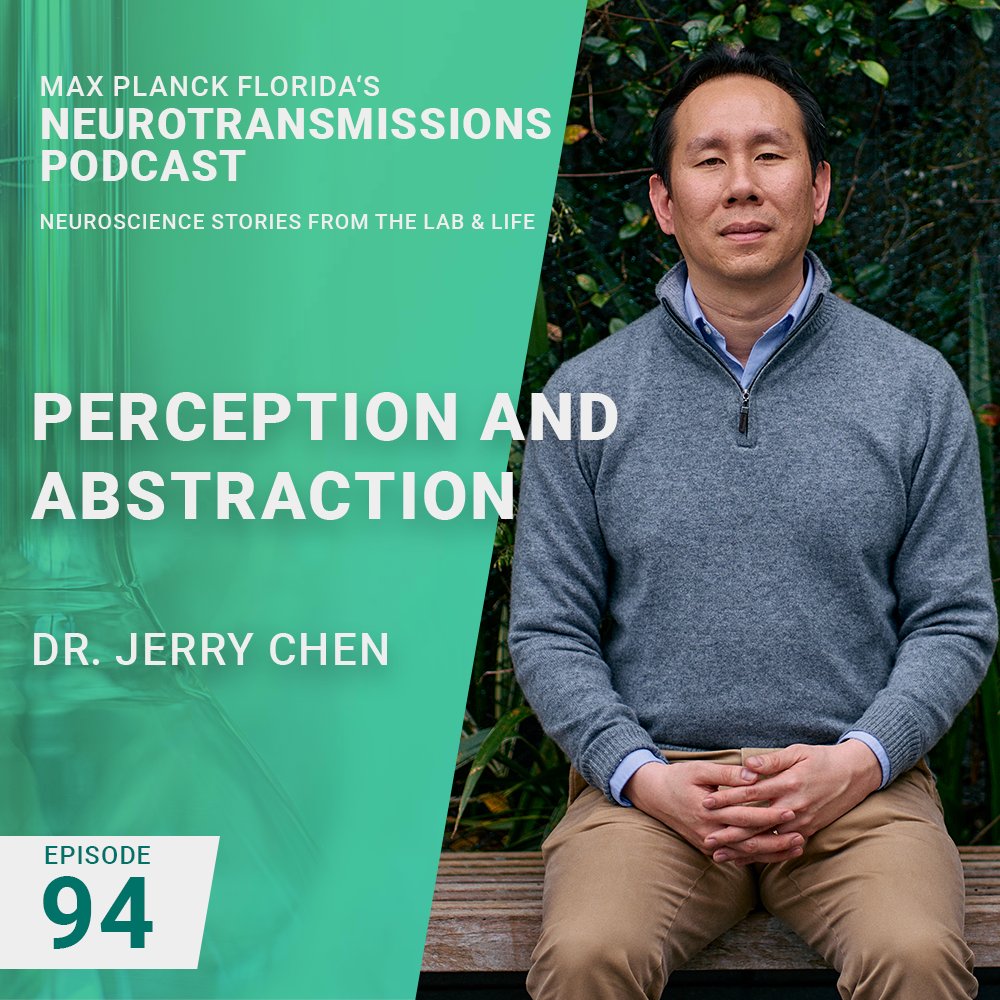

Neurotransmissions Podcast Ep. 95 is out! NYU Prof. Tony Movshon delves into the intricate world of visual neuroscience, exploring how our brains perceive objects and scenes. 🎧🧠 Listen on all podcast platforms, and YT: youtu.be/dexuXLIuiA0 #VisualNeuroscience #BrainScience
